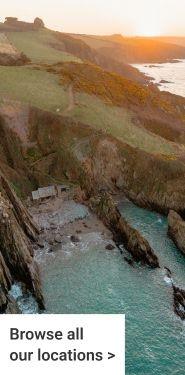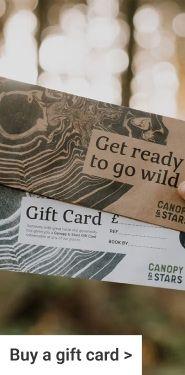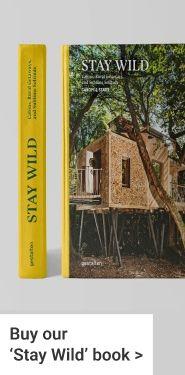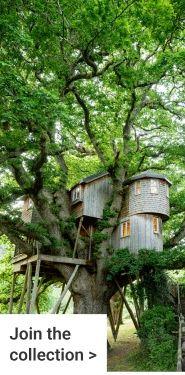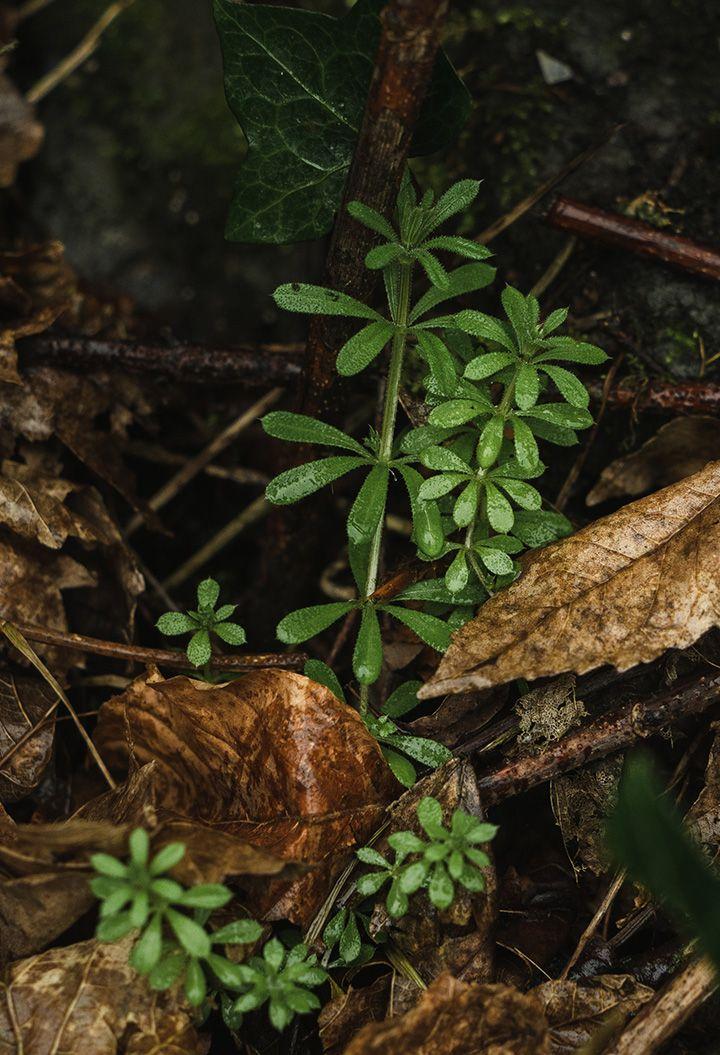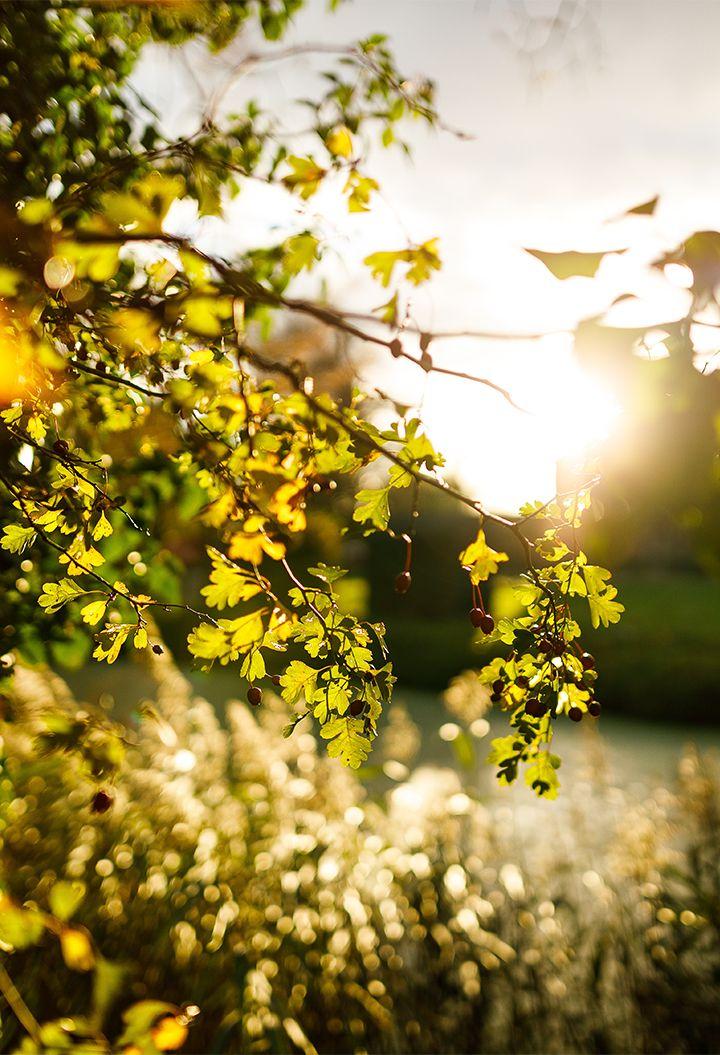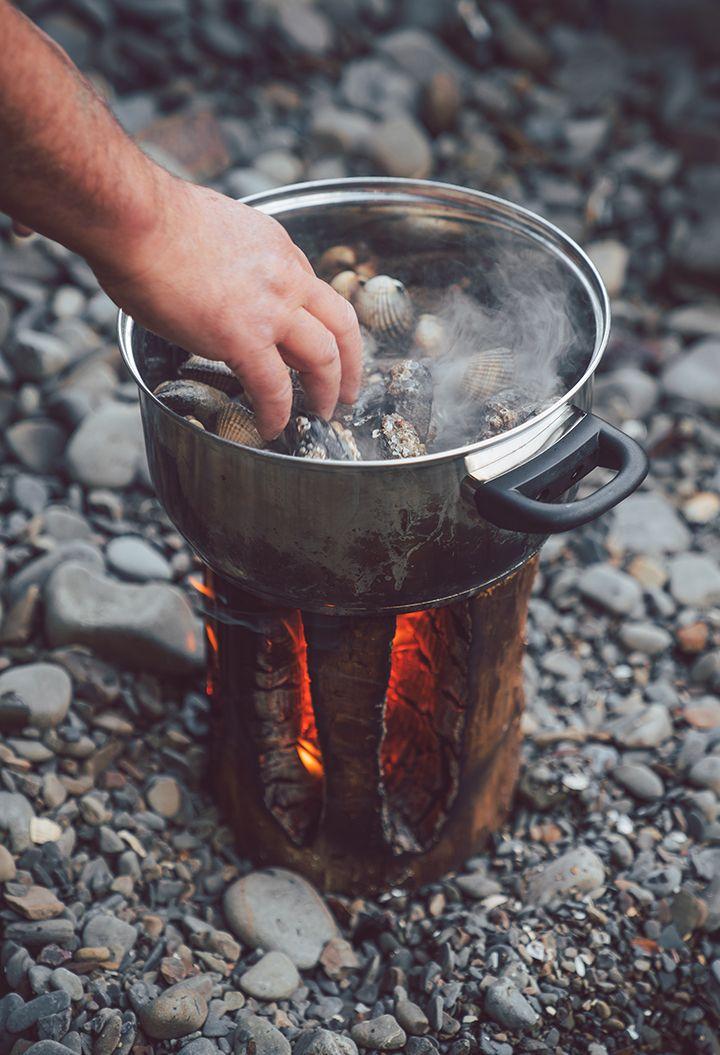
Foraged by Fern: Pine needle gummies
As autumn gets underway, and the tree canopy turns all the shades of wood burner glow, from dazzling yellows and deep ambers to fiery reds – it’s hard not to fall in love with the season on your morning walks or evening commutes. But as lovely as the ruddy backdrop is, many of us feel a pang of longing for green foliage as winter drains the colours away. The easiest way to keep your forest bathing urges sated has to be heading to an evergreen forest! And whilst you’re there, pine trees happen to offer a surprising amount to forage…
We spoke to Fern, of Foraged by Fern, based in Sussex. A forager and wild wanderer, Fern’s an avid outdoorsperson, wild swimming, canoeing, hiking and of course – foraging, finding delicacies in the fields, forests and shorelines of the UK wherever she goes. This week Fern showed us how easy it is to make a sweet treat, all the while finding yourself better connected to the wild world around us.
I can eat pine trees?
Don’t start chomping down on the flat pack furniture just yet, but basically, yes! Whilst the wood isn’t going to be a tasty snack, many parts of the pine tree are indeed edible. The needles, cones, pollen, seeds and bark are all possible ingredients in foraged dishes. Most commonly, you’ll find pine seeds, better known as pine nuts, used in many dishes, toasted in salads or as a large part of pesto. You can even use the cones to make jam! This recipe sees us technically making two foraged dishes, pine needle tea, and pine needle gummies.


How to make pine needle gummies
Equipment:
This recipe uses a couple of items that are less common in every household, so check your cupboards before attempting this one!
- Hob
- Pan
- Whisk
- Moulds (jelly bear or tot shape are best)
- Dropper
Ingredients:
- Pine needles (to taste, this might take a couple of goes to check your flavour preference)
- 62g of sugar
- 42g of gelatin or 28g of agar agar
- 28g of honey (bonus points if you fought a bear for it)
Method:
First make pine needle tea by snipping the end of the needles off and adding to a pan with water. Heat until the water has tiny bubbles, then steep overnight with the lid on (as boiling may reduce the vitamin C content).
Next, add the 62g of sugar, all the gelatin (or the agar agar) and 240ml of your pine needle tea to a bowl and whisk! Bring it up to a boil, turn off the heat, add the 28g of honey and whisk again.
Now use a dropper to put into jelly bear moulds or pour into a silicone ice cube tray. (It’s best to spray your moulds with some kind of oil spray so the bears come out easily).
Leave in the fridge for an hour to set.
Pop out of the moulds and enjoy!
Filmed at The Buzzardry treehouse in Sussex

